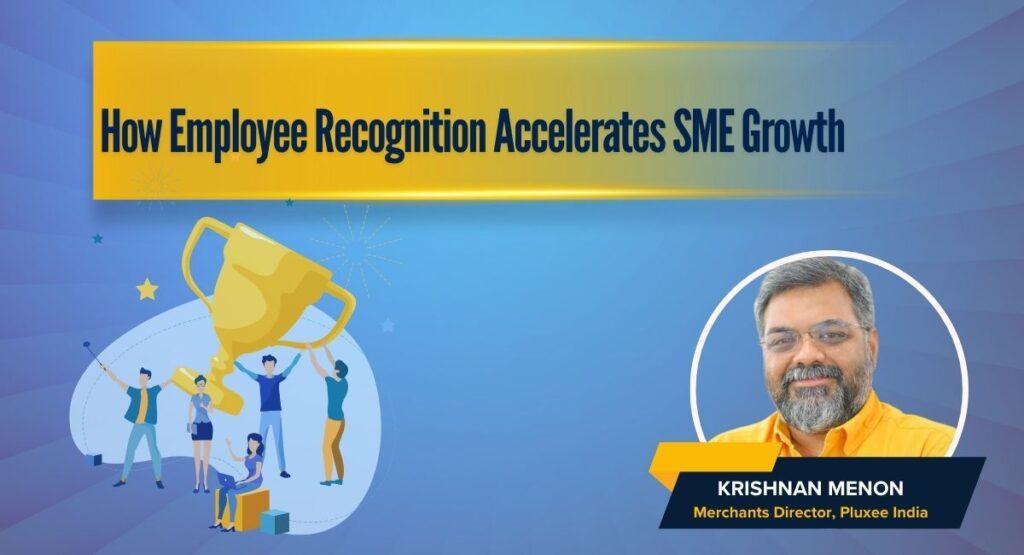Salaried employees in the organised sector often overlook a key element of their long-term financial planning — the Employee Pension Scheme (EPS). Launched in 1995, this government-backed retirement benefit, managed by the Employees’ Provident Fund Organisation (EPFO), is designed to offer a monthly pension post-retirement, starting at the age of 58. While both the employee and employer contribute 12% of the employee’s basic salary to the Employees’ Provident Fund (EPF), 8.33% of the employer’s contribution is specifically allocated to EPS. By providing a consistent income after retirement, EPS serves as a critical pillar of financial security for salaried individuals.
However, many employees remain unaware of how EPS works and what benefits it offers. In this guide, we break down the benefits, types, and eligibility criteria of the Employee Pension Scheme — in the simplest terms possible. Let’s dive in.
Understanding the Basics: What is EPS and How It Works
The pension you receive under the Employee Pension Scheme (EPS) is calculated based on two key factors:
- The total number of years you’ve contributed to the scheme
- The average monthly salary drawn during the last 60 months (5 years) of service before retirement.
To become eligible for EPS benefits, the following conditions must be met:
- Your basic salary, along with dearness allowance, should be ₹15,000 or less per month to be eligible for the scheme.
- You must be an active member of the EPFO.
- You should have completed a minimum of 10 years of service (contribution to EPS).
- You must be at least 58 years old to receive the full pension. However, early retirement is possible from the age of 50, though the pension amount will be reduced accordingly.
- You also have the option to defer your pension up to the age of 60, in which case your pension amount increases by 4% for each additional year of deferral.
Note: In the event of an employee’s death, the pension is transferred to the nominee, who must be a family member.
Types of Pensions Under the Employee Pension Scheme (EPS)
The EPS offers different types of pensions tailored to support EPFO members, their families, and nominees in various life situations:
Widow Pension: The spouse of a deceased EPFO member is entitled to receive a monthly family pension. This benefit continues until the surviving spouse either remarries or passes away.
Child Pension: Under this scheme, up to two surviving children of the deceased member are eligible for a monthly pension. This support continues until each child reaches the age of 25, helping to cover educational and living expenses.
Orphan Pension: If both parents of a child are deceased, the child becomes eligible for the Orphan Pension, which offers 75% of the widow pension amount. A maximum of two children can receive this benefit simultaneously.
Reduced Pension: Members who have completed at least 10 years of service and choose to retire between the ages of 50 and 58 can opt for a reduced pension. However, the pension amount is decreased by 4% for each year the retirement age falls short of 58.
Note: Indian citizens who have worked or are planning to work in a foreign country that has a social security agreement with India are also entitled to benefits under the EPS.
Benefits of EPS
The EPS scheme offers several key benefits, including:
- Guaranteed Returns: As a government-backed scheme, EPS carries no investment risk. It ensures guaranteed monthly pension payouts after retirement.
- Family Pension Benefits: In the event of your death, your spouse will continue to receive the pension amount until their passing.
- Disability Pension: If you suffer a permanent disability, you are entitled to receive a monthly pension—regardless of whether you’ve completed the pensionable service period.
EPS Eligibility for Withdrawal and Process
Below are some key eligibility conditions for EPS withdrawal:
- If you have between 6 months and 10 years of service and have been unemployed for over two months, you can withdraw your EPS contribution.
- At 58, you can withdraw your entire EPS amount contributed by your employer. However, to get a monthly pension, you must have completed at least 10 years of service. If you haven’t, you won’t get a pension, but you can still withdraw the full amount by submitting Form 10C.
EPS Withdrawal Process: Withdrawing your EPS online is a straightforward process, but linking your Aadhaar with your UAN is mandatory.
Here are the key steps:

- Visit the EPFO Unified Portal and log in using your UAN and password.
- Go to ‘Online Services’ and select ‘Claim (Form-31, 19 10C & 10D)’.
- Your member details, KYC, and service history will appear on the screen. Enter your bank account number and click ‘Verify’.
- Under ‘I want to apply for’, select ‘Only Pension Withdrawal (Form 10C)’.
- Fill in your permanent address in Form 10C and tick the disclaimer.
- Click ‘Get Aadhaar OTP’, an OTP will be sent to your Aadhaar-linked mobile number. Enter the OTP, click ‘Validate OTP’, and then ‘Submit Claim Form’. Once submitted, you’ll receive an SMS confirmation, and the EPS amount will be transferred to your bank account.
Note: If you have completed 10 years of service, you are eligible for a monthly pension and must apply using Form 10D. If you have not completed 10 years, you can withdraw the pension amount using Form 10C. Here is the link to Form 10C and Form 10D for offline submission.
As a salaried employee, understanding the EPS is essential, as it plays a vital role in ensuring financial stability after retirement. To make the process easier for you, we have put together a clear step-by-step walkthrough on how to claim your EPS amount in different situations. By following the steps provided, you can withdraw your pension amount without any difficulties.





